RARE 1944 Dated Original P‑51 Mustang Blueprint North American Aviation Inc.
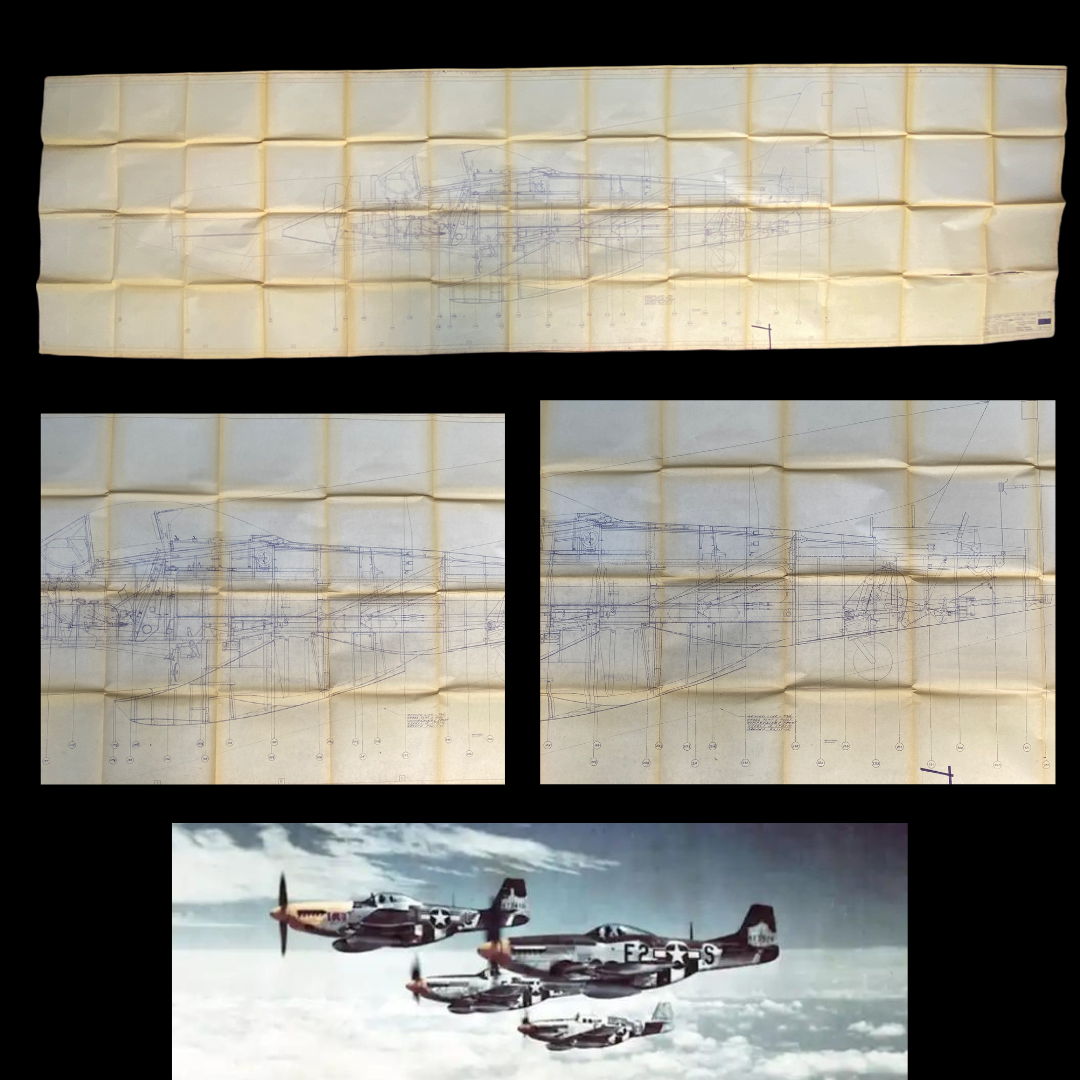

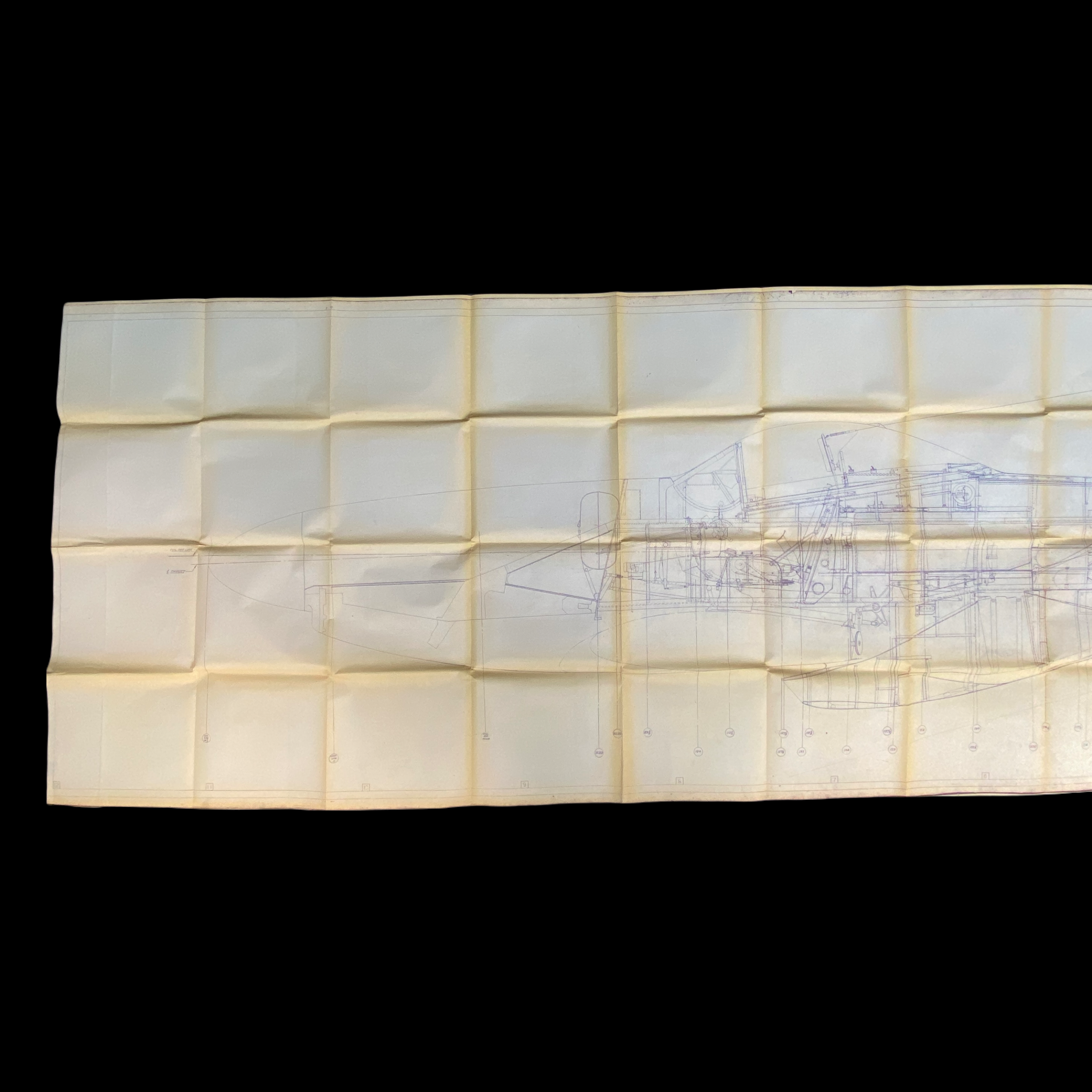
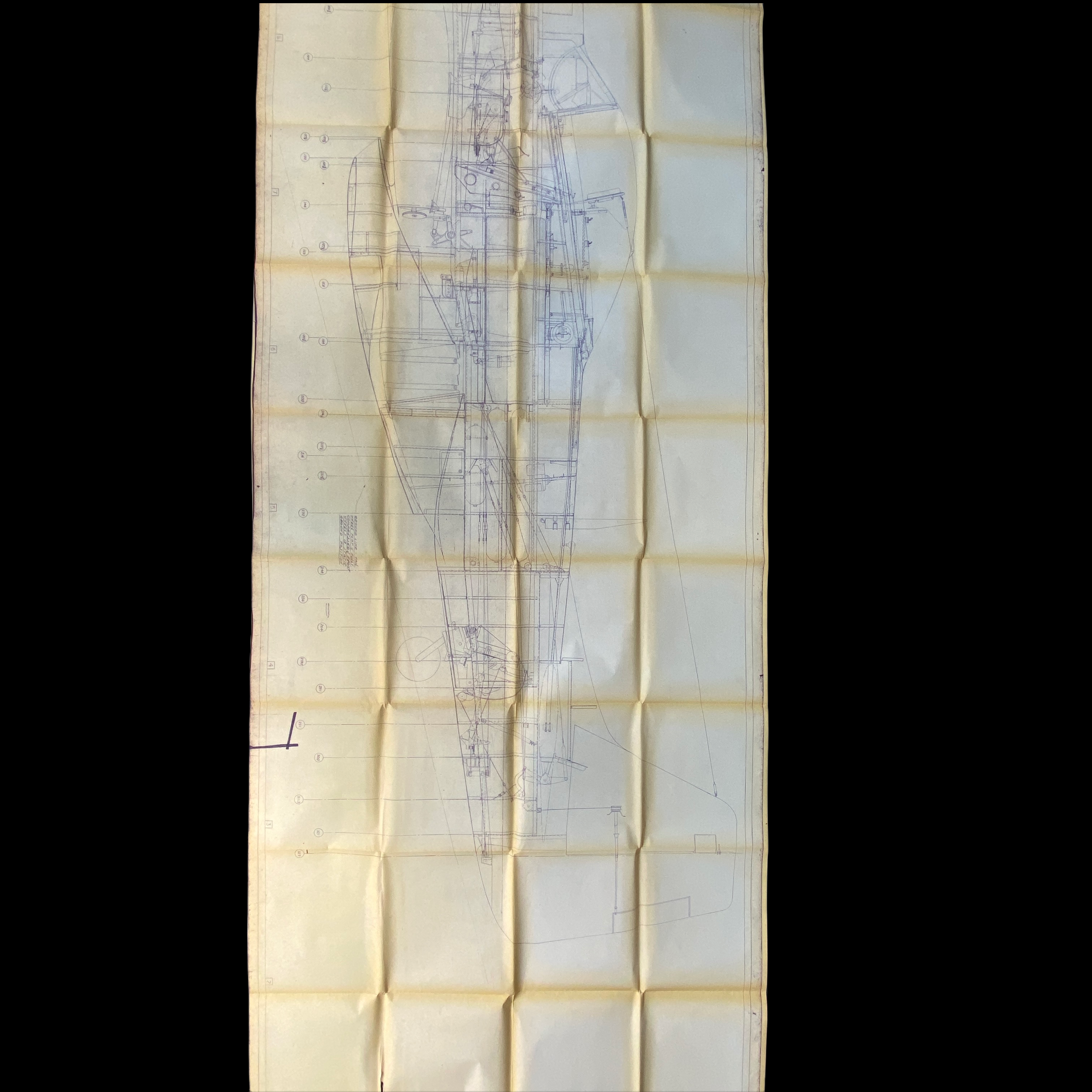
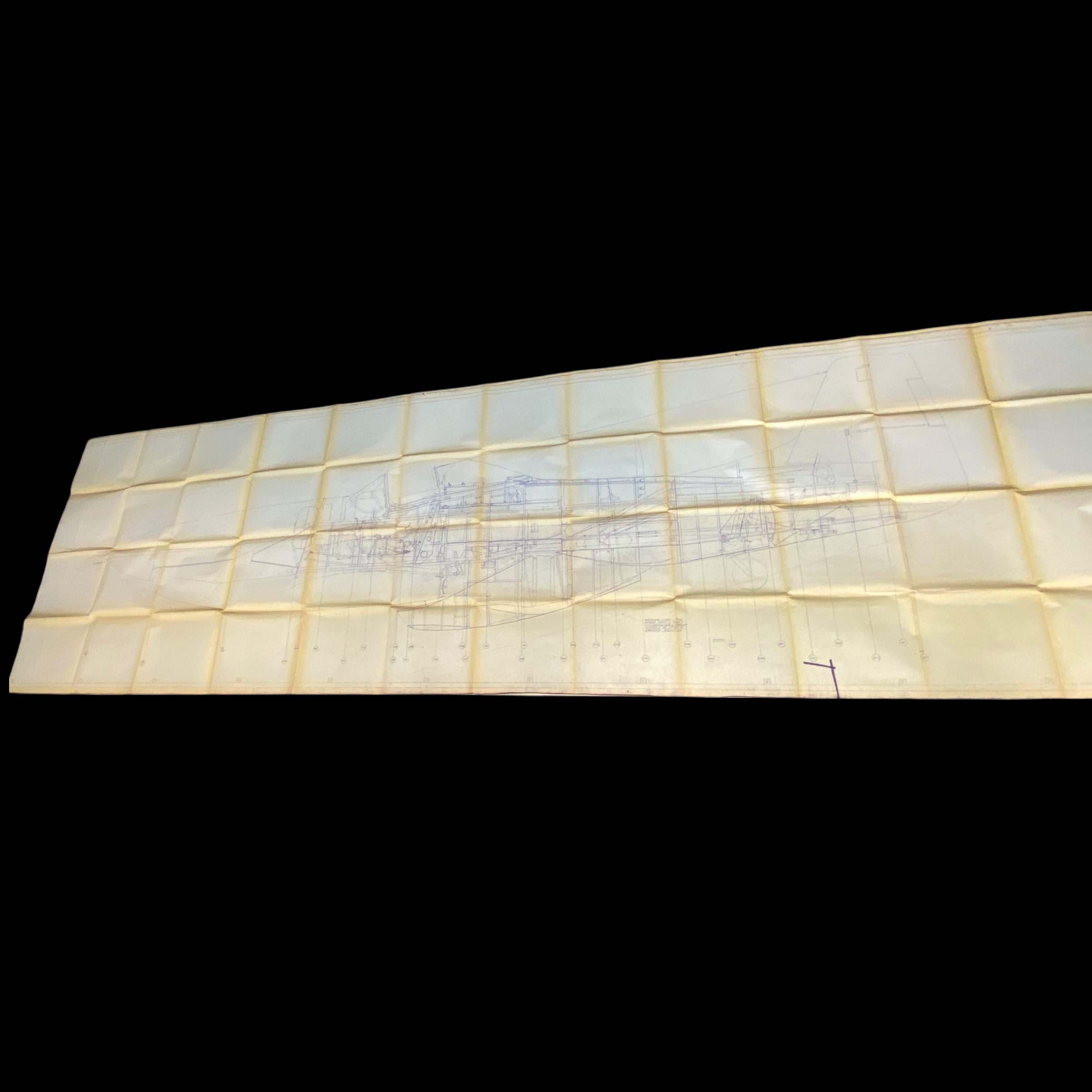
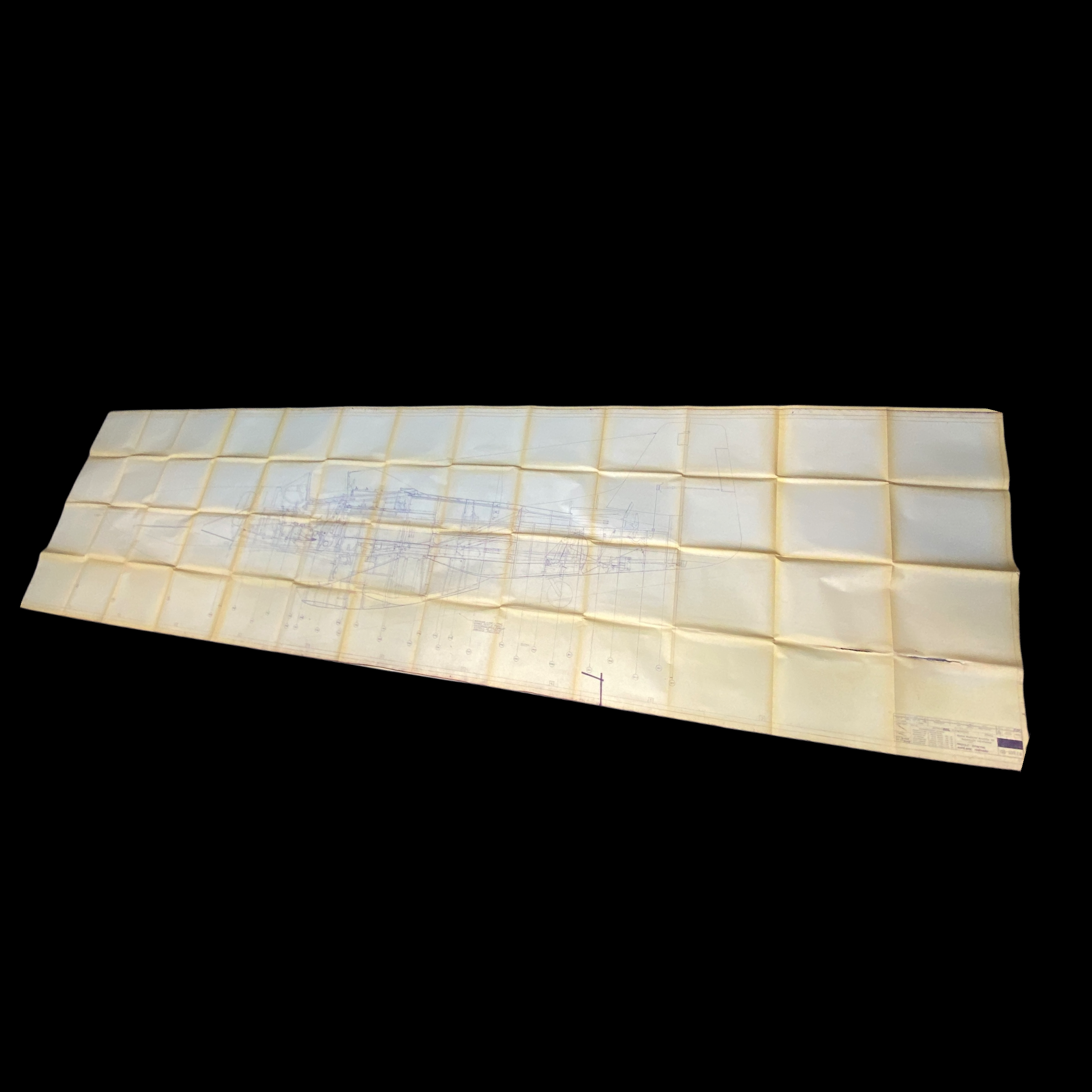
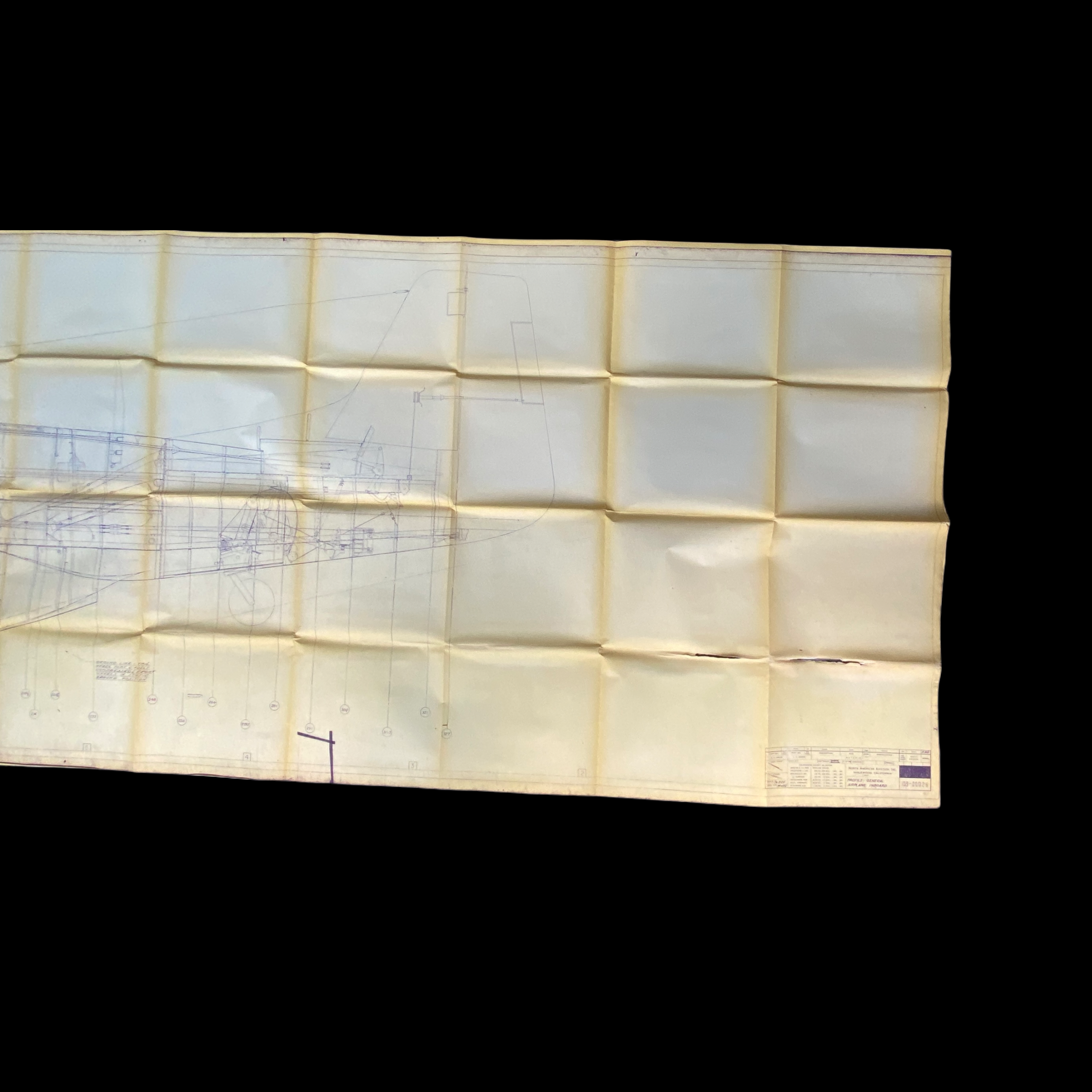

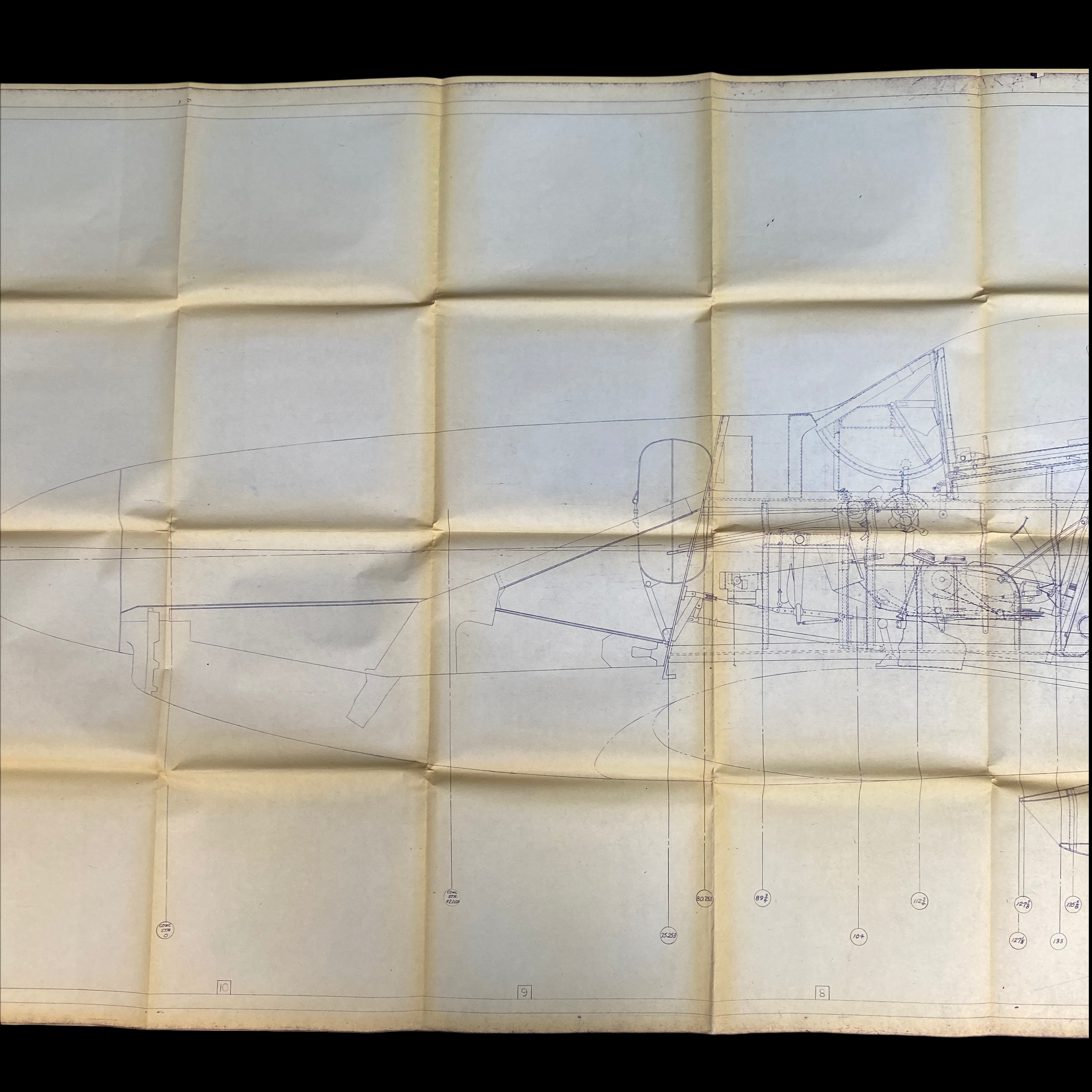
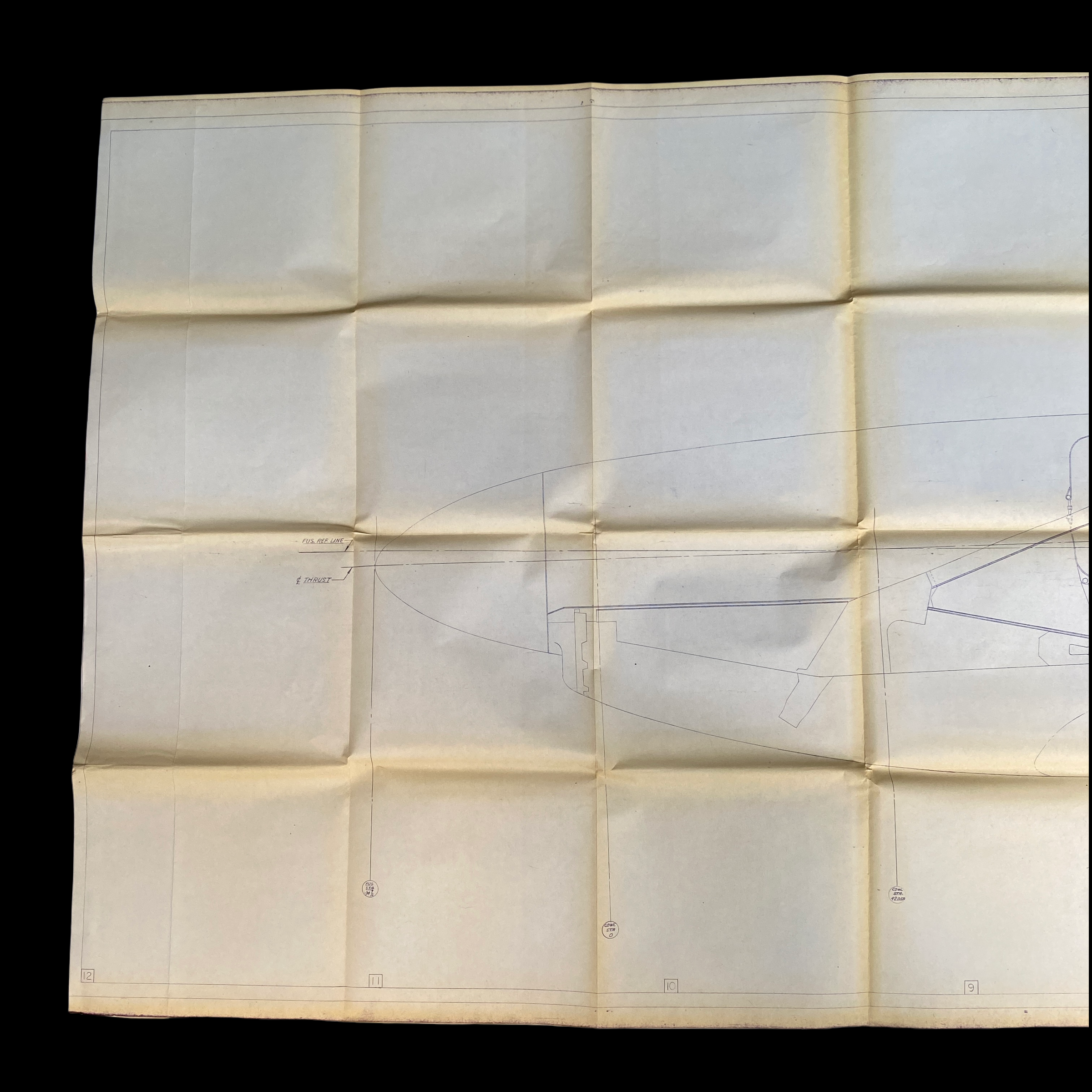
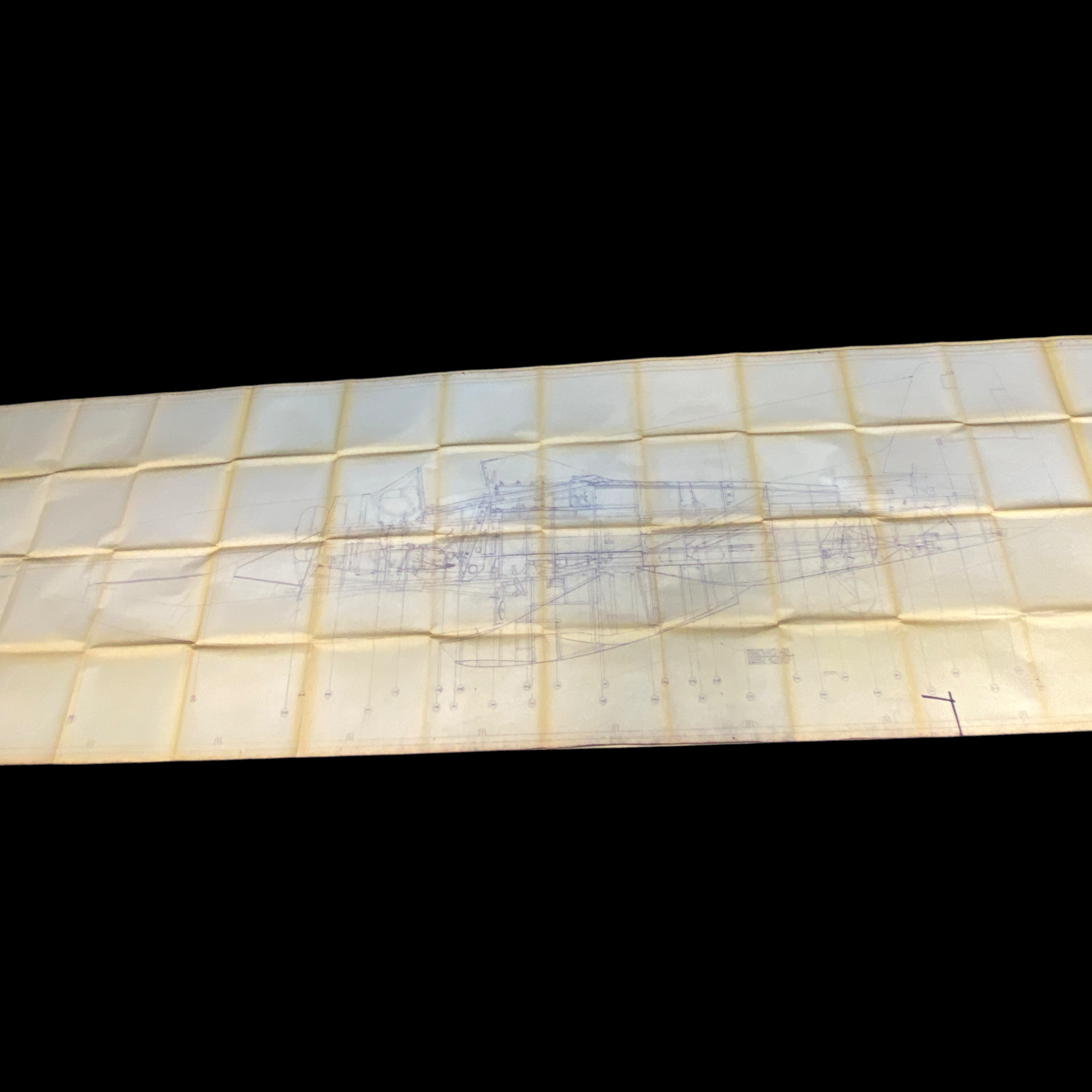
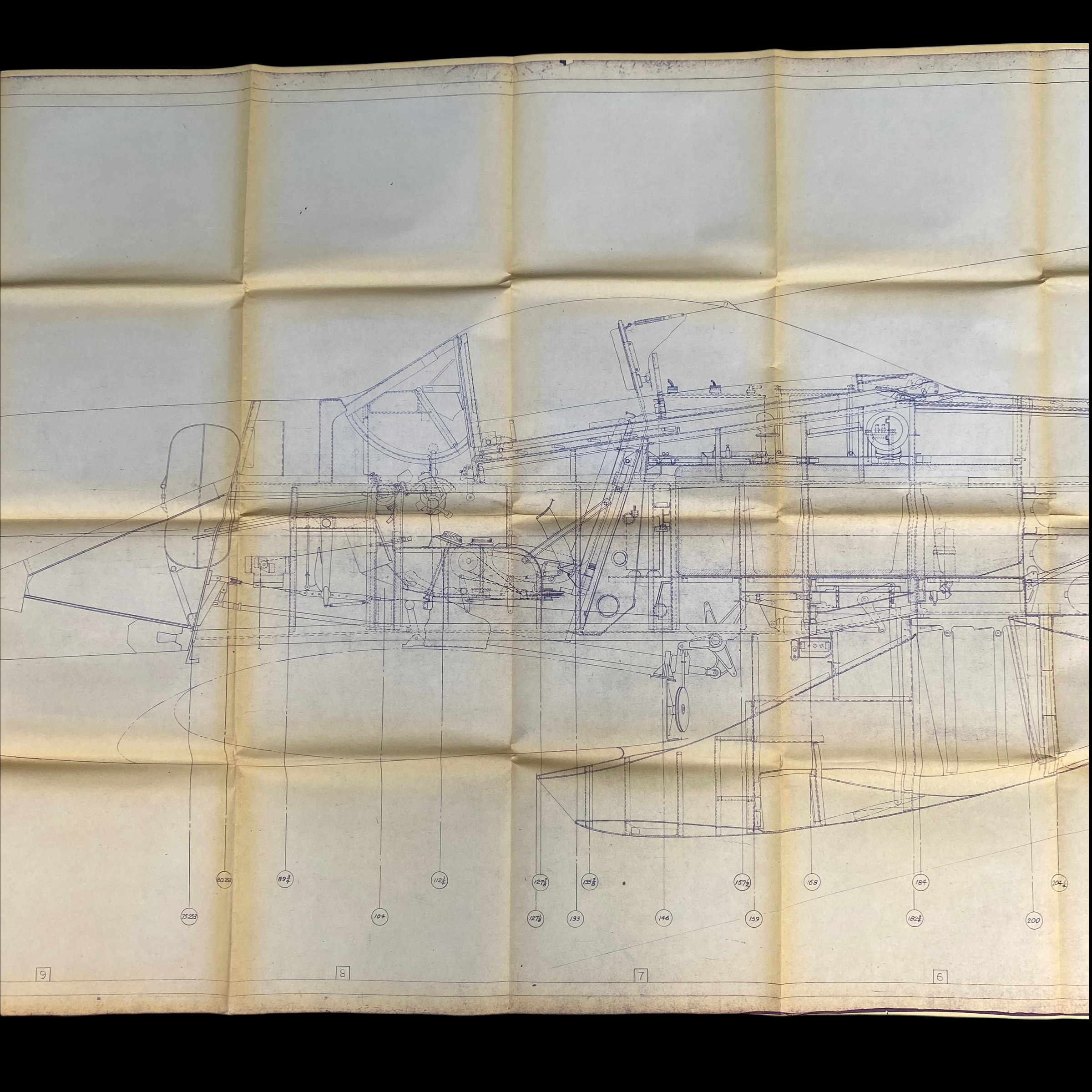
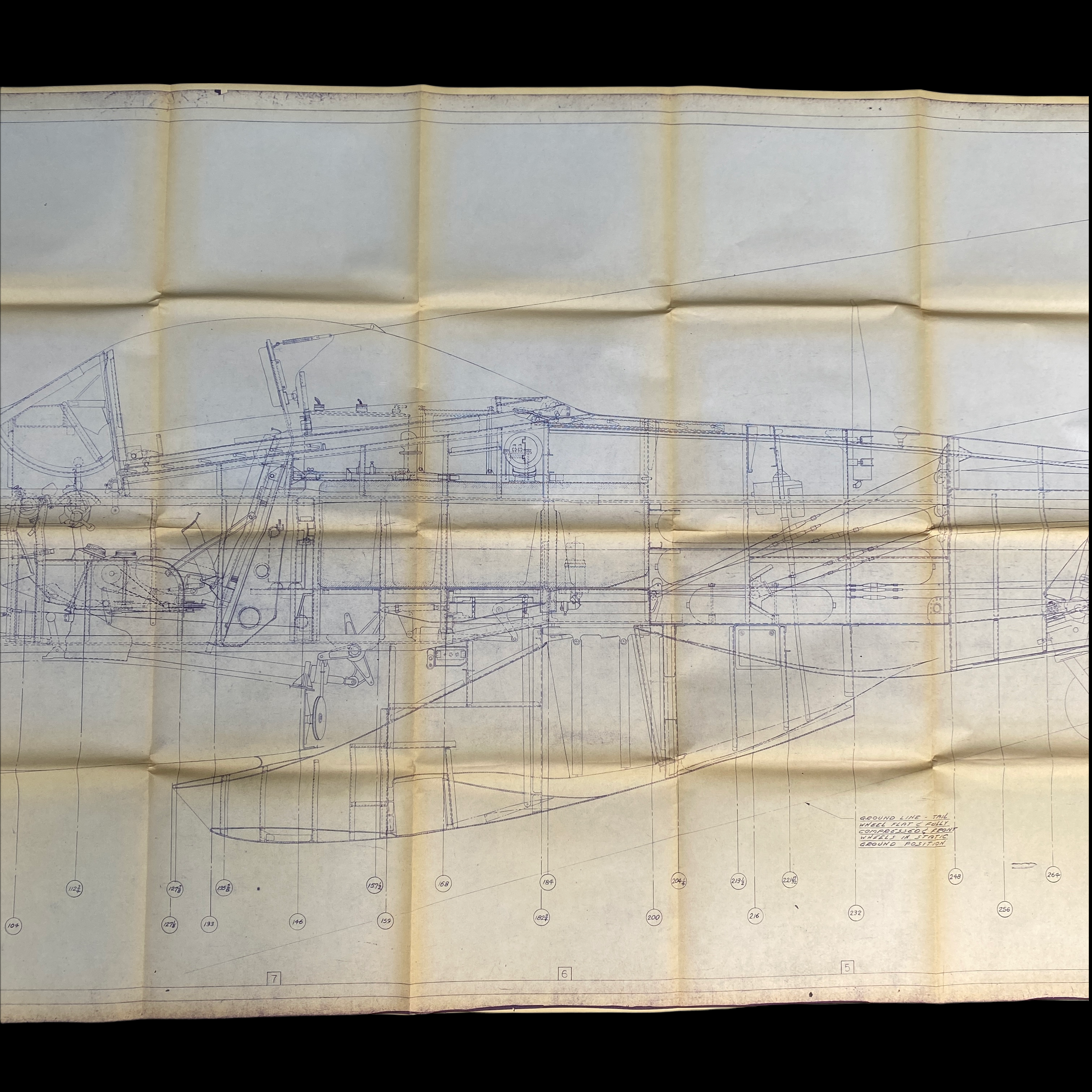
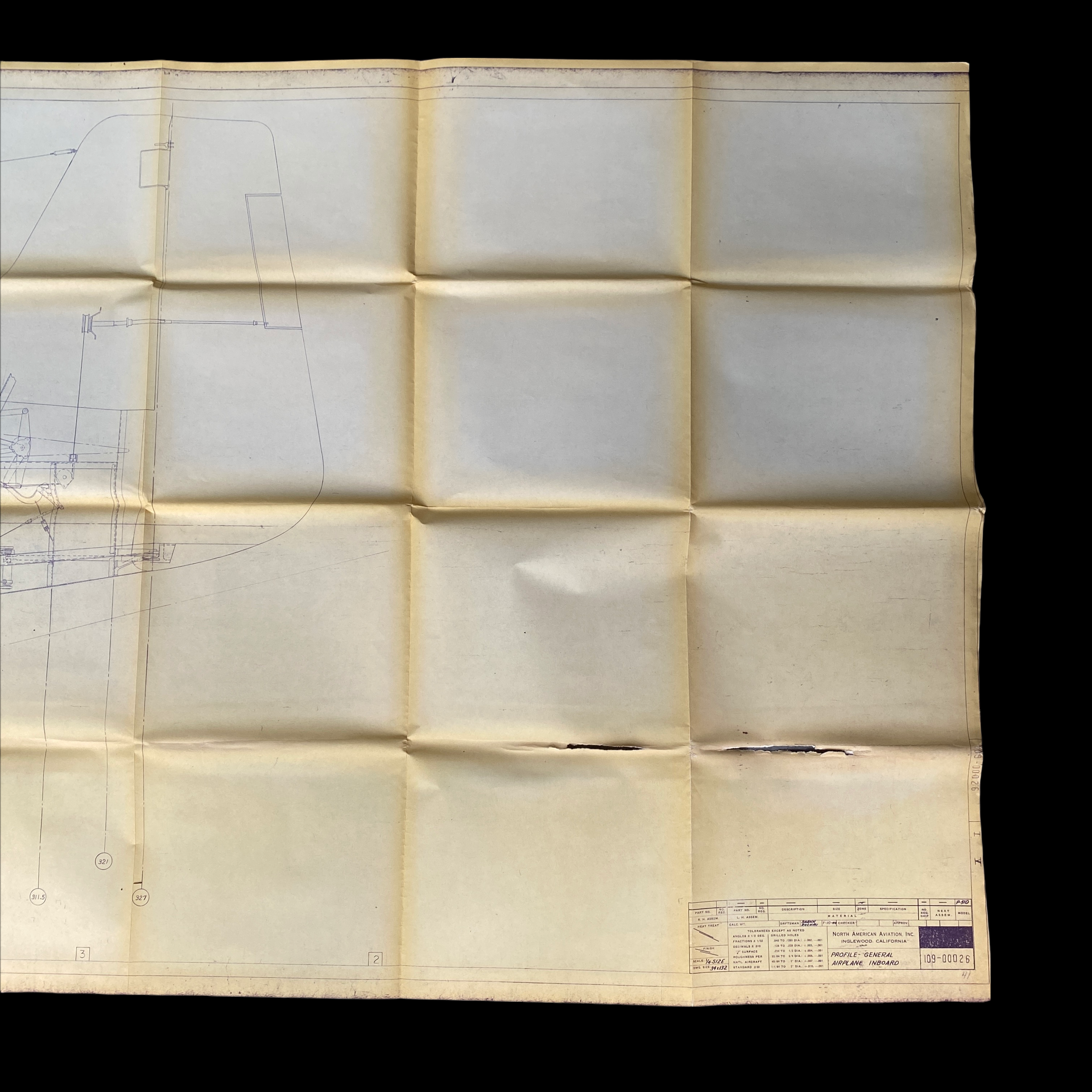
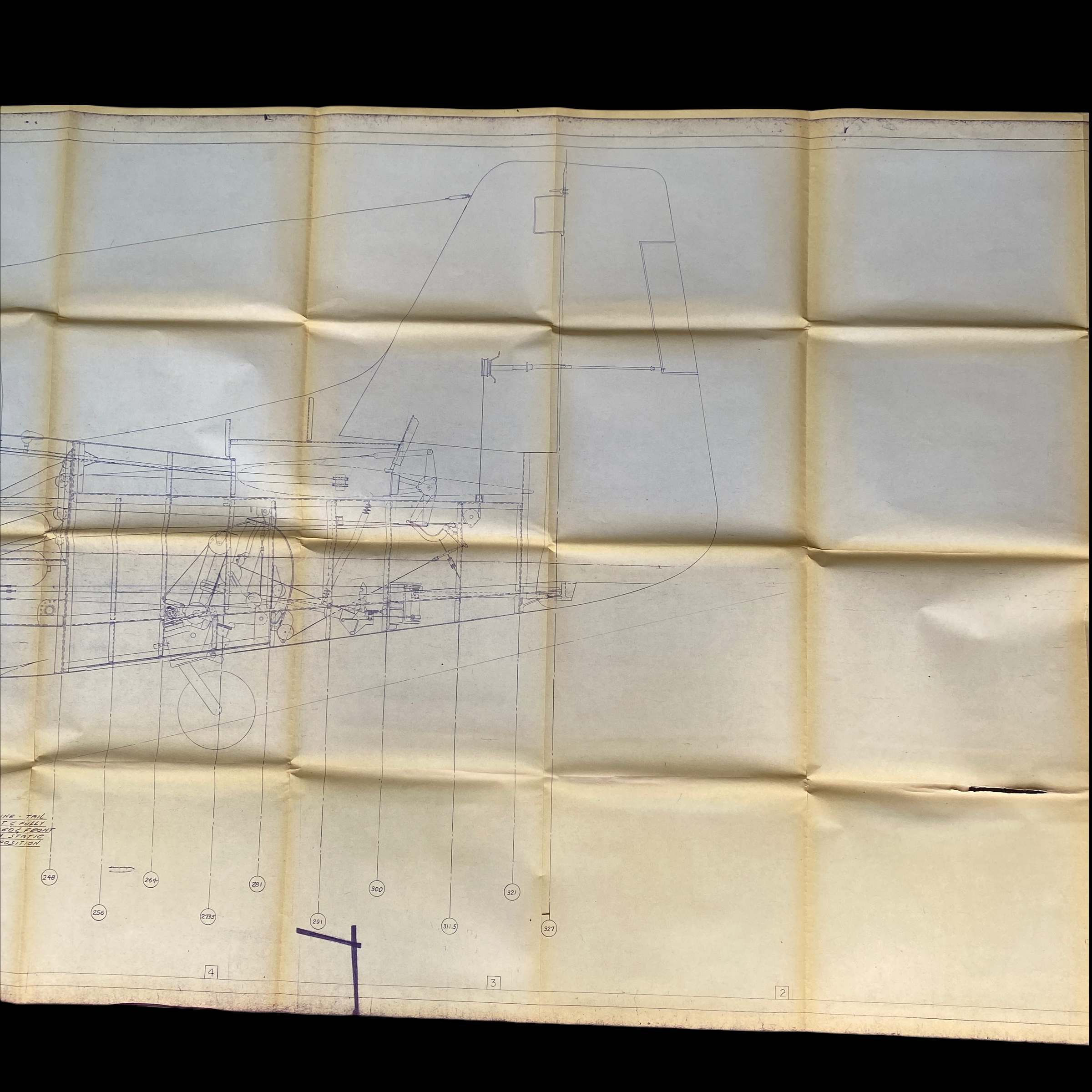
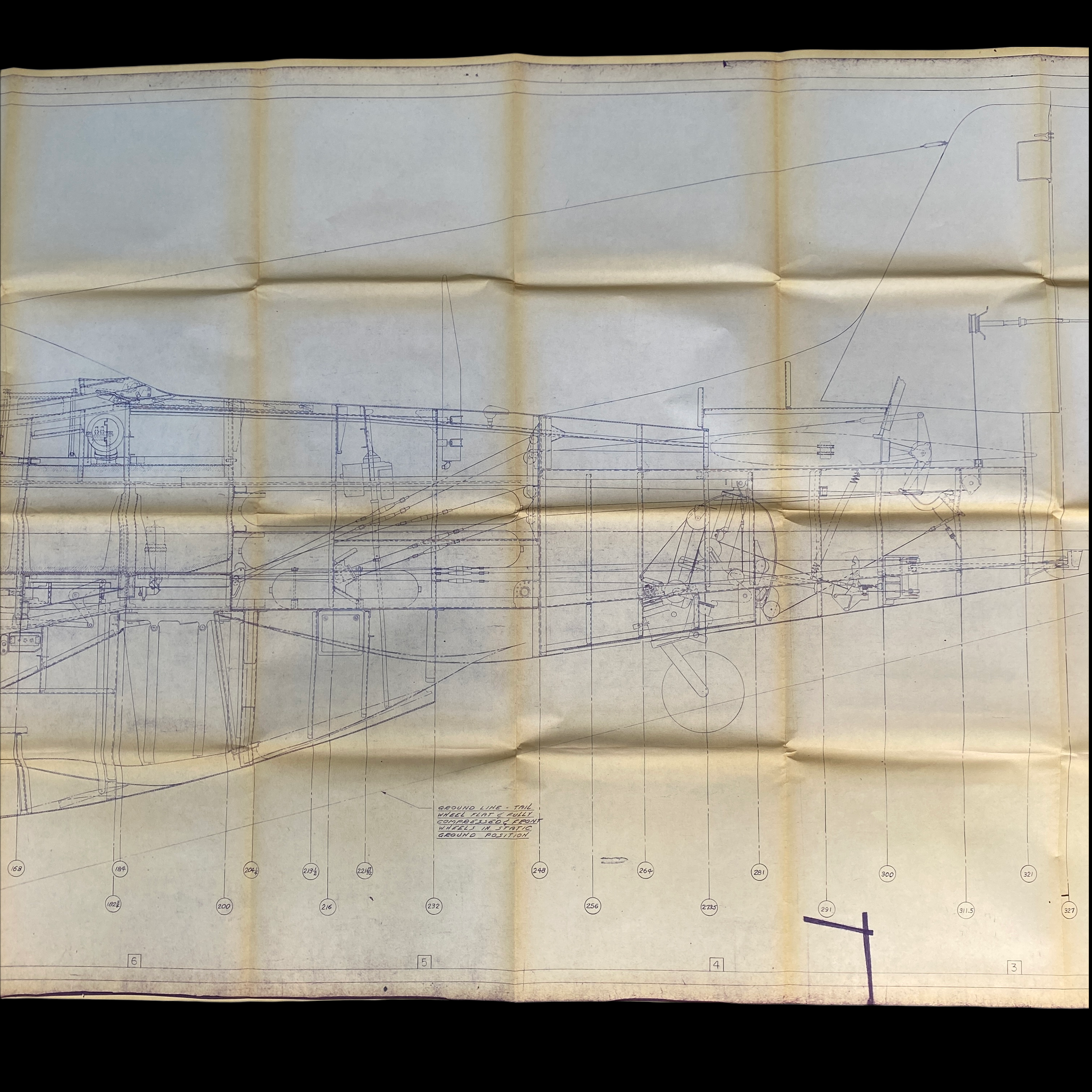


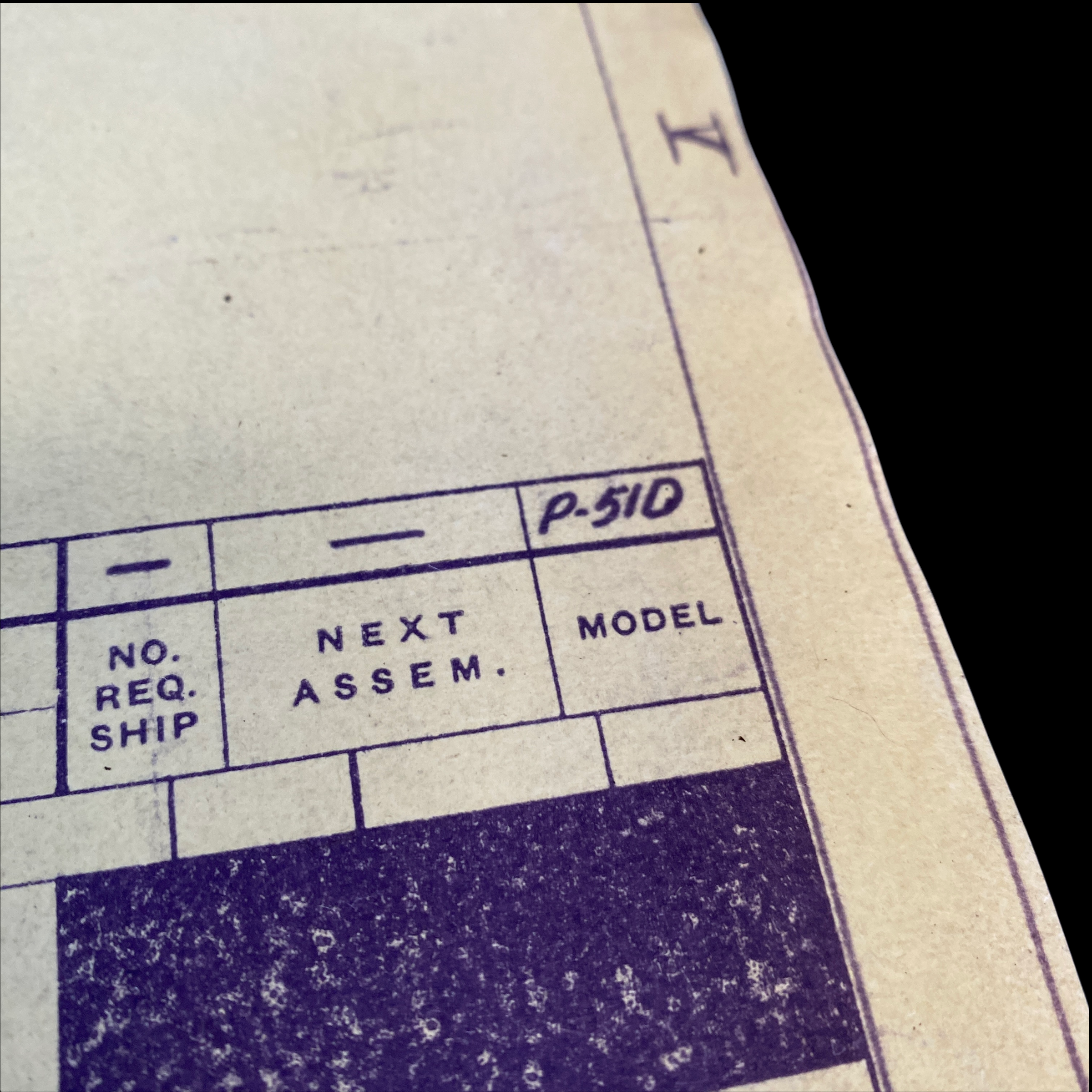
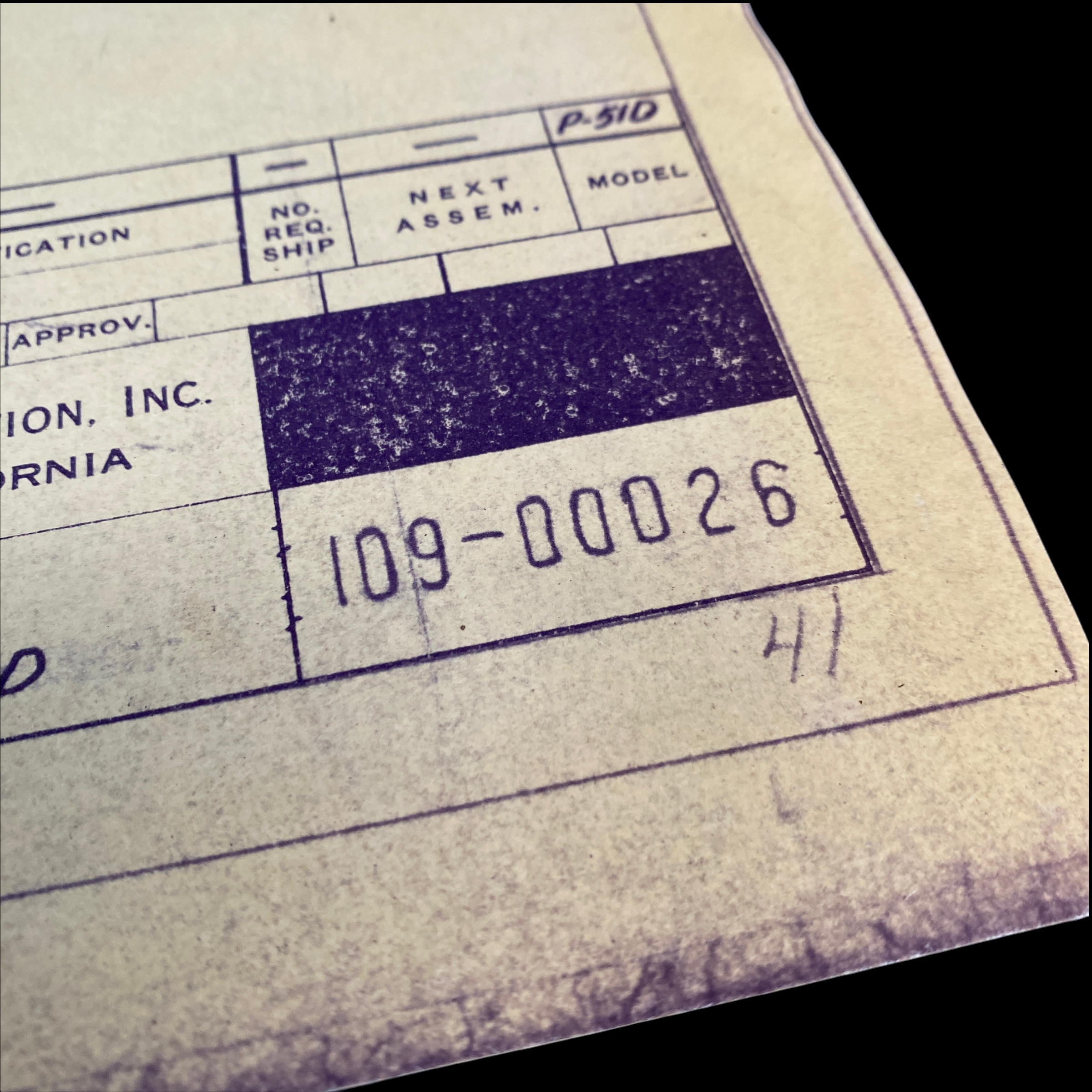
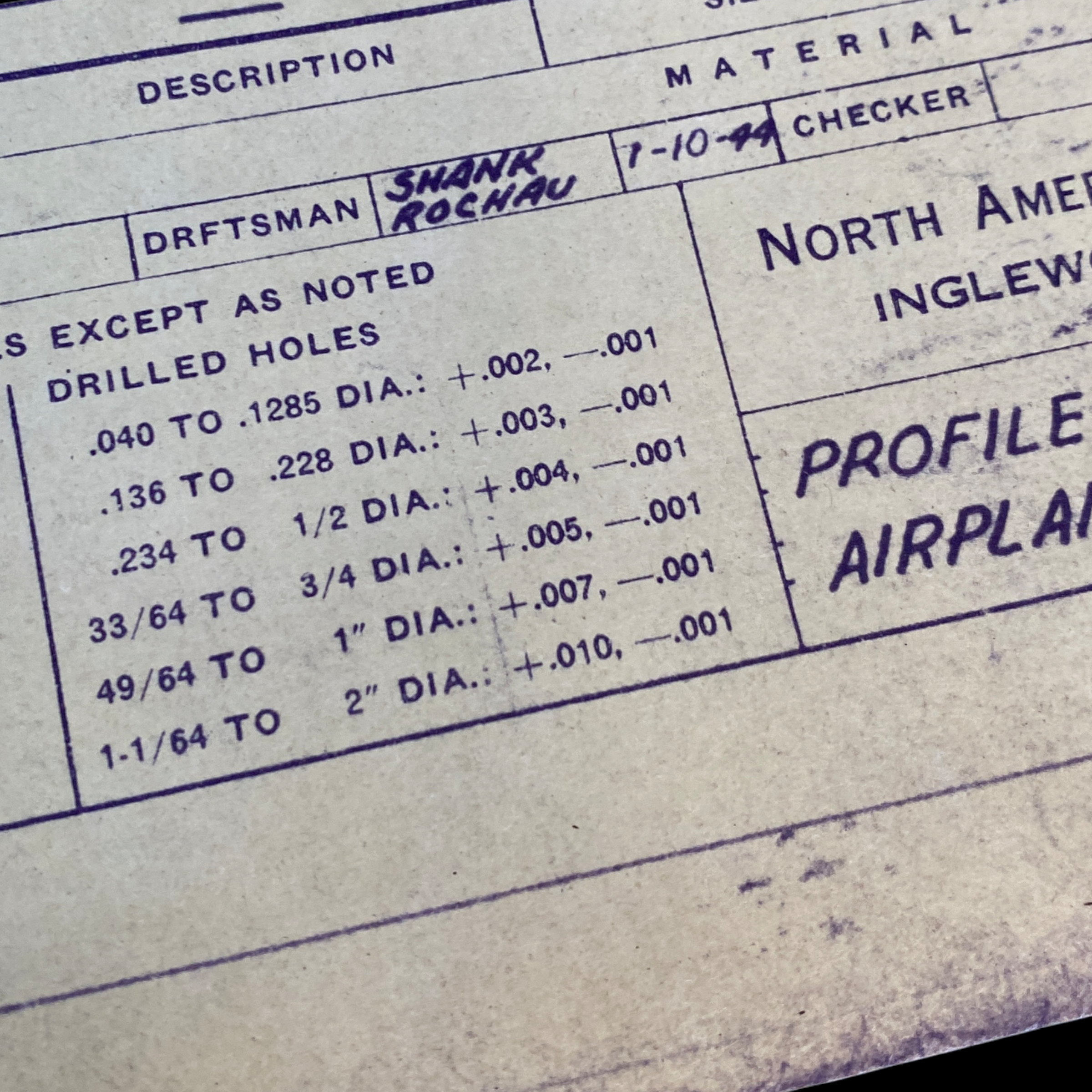
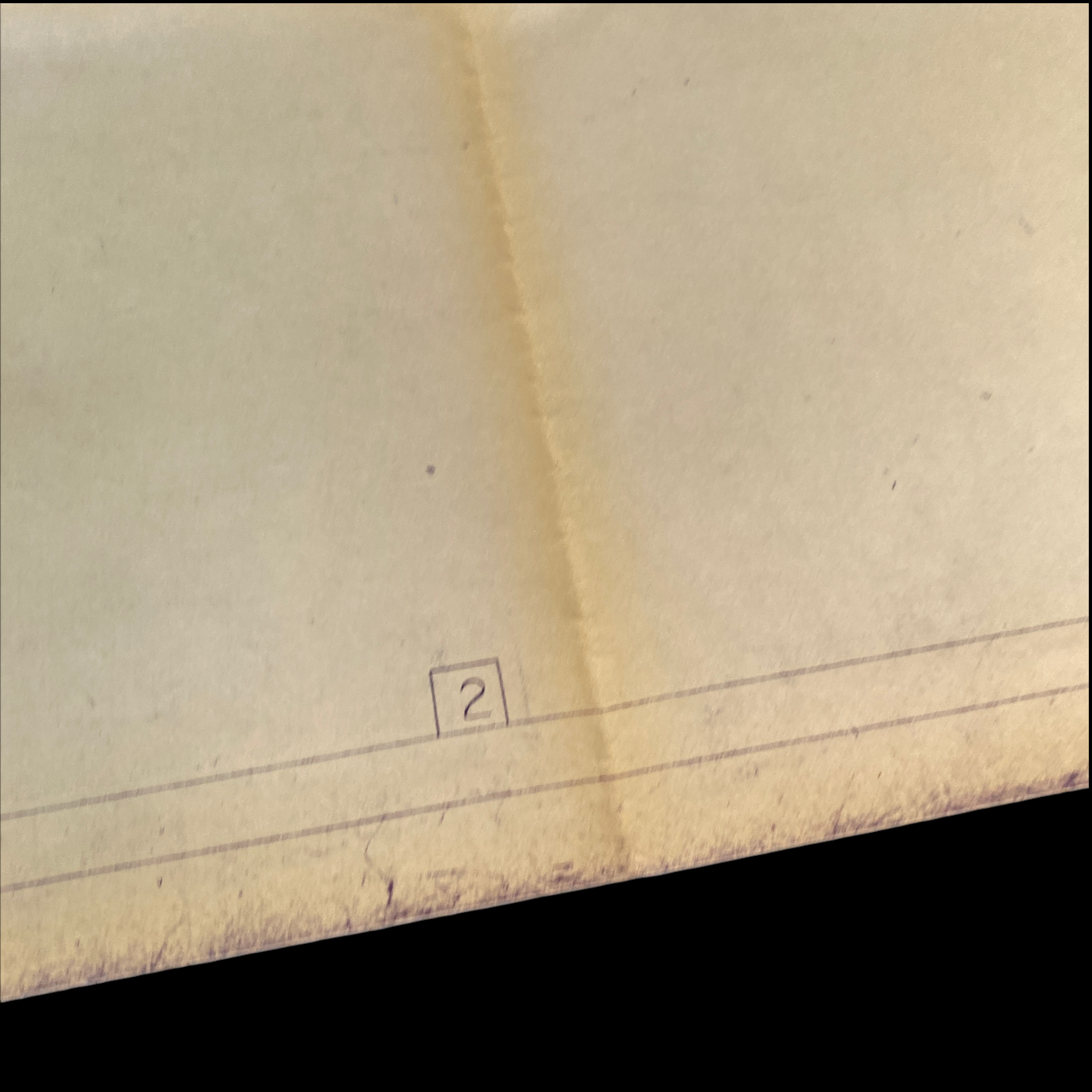


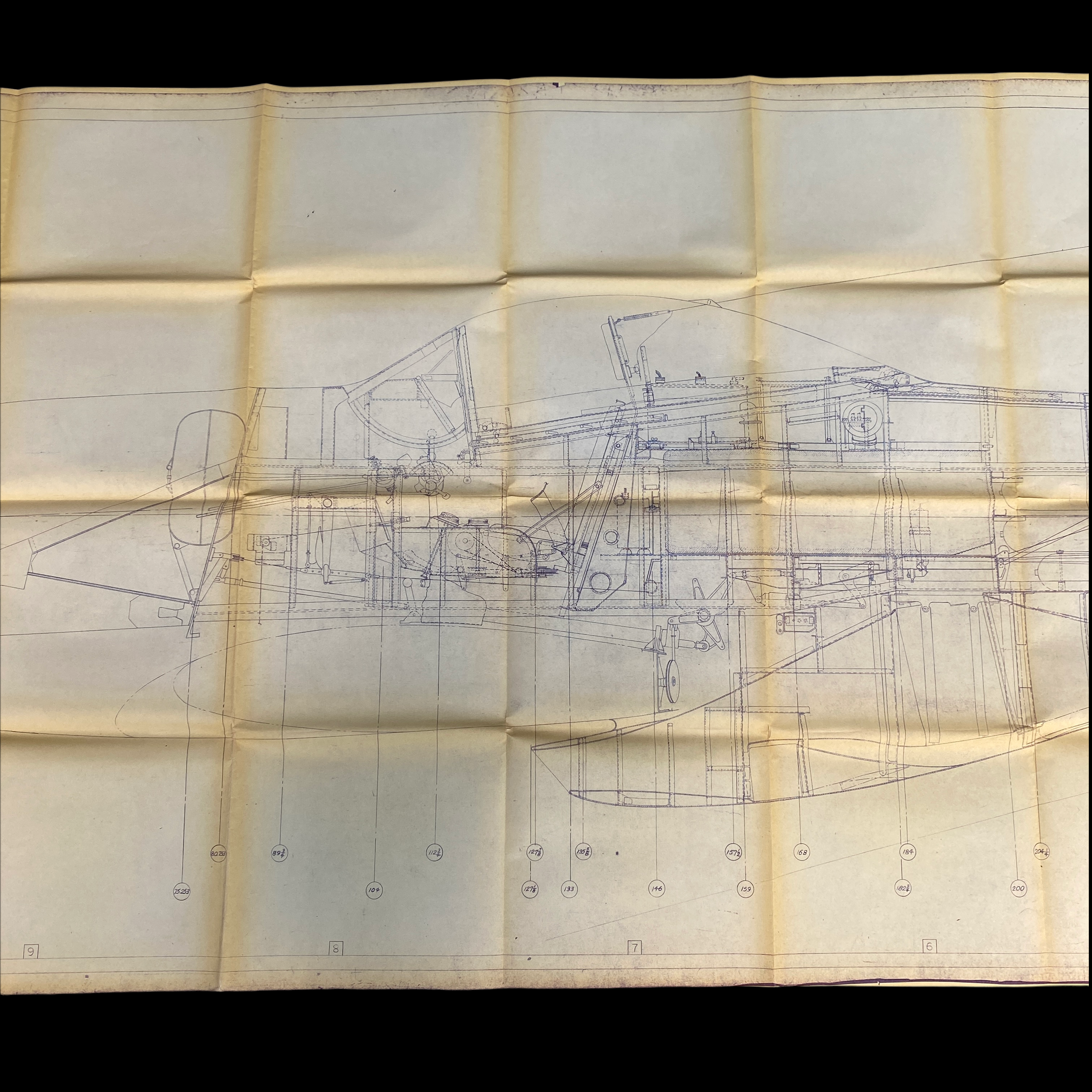







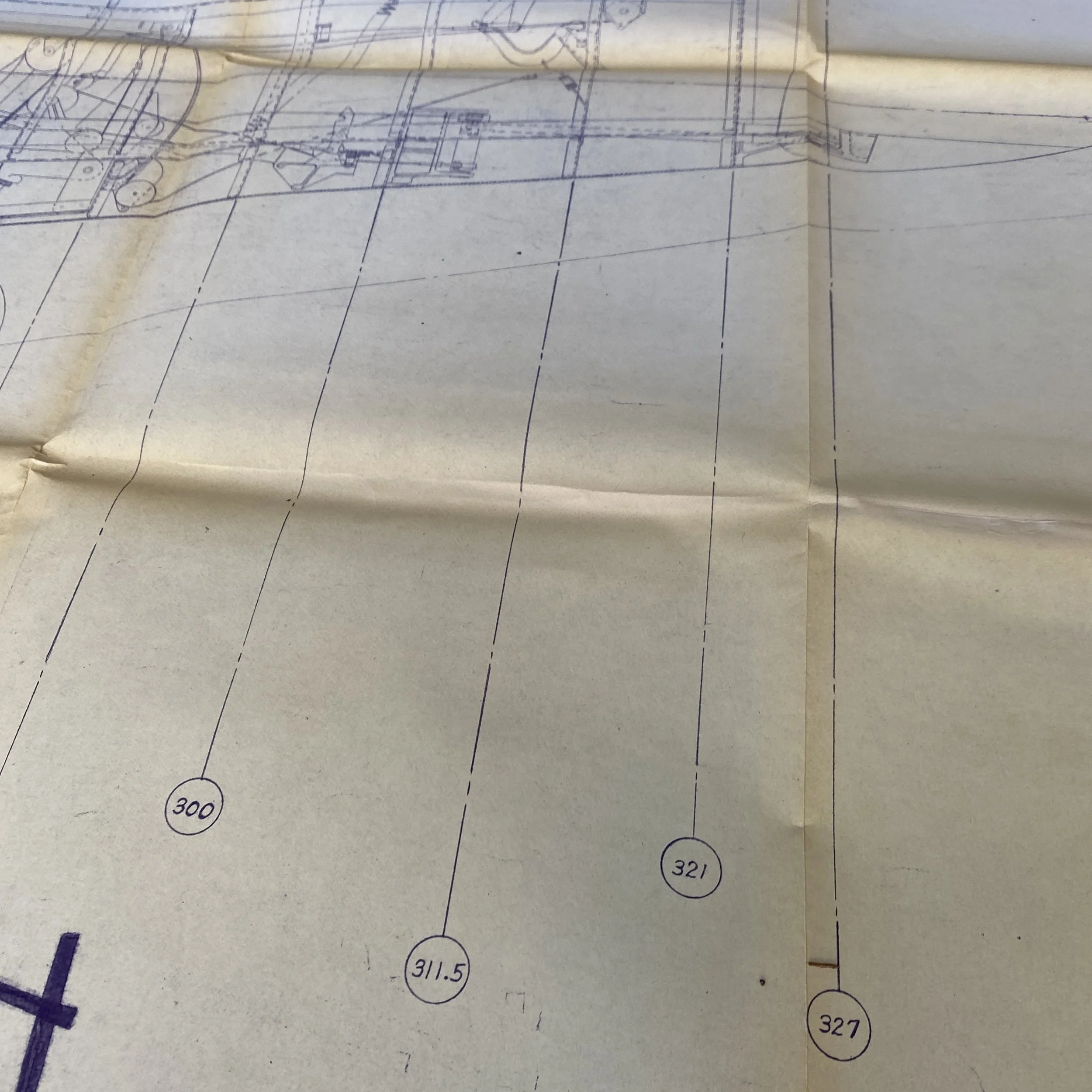


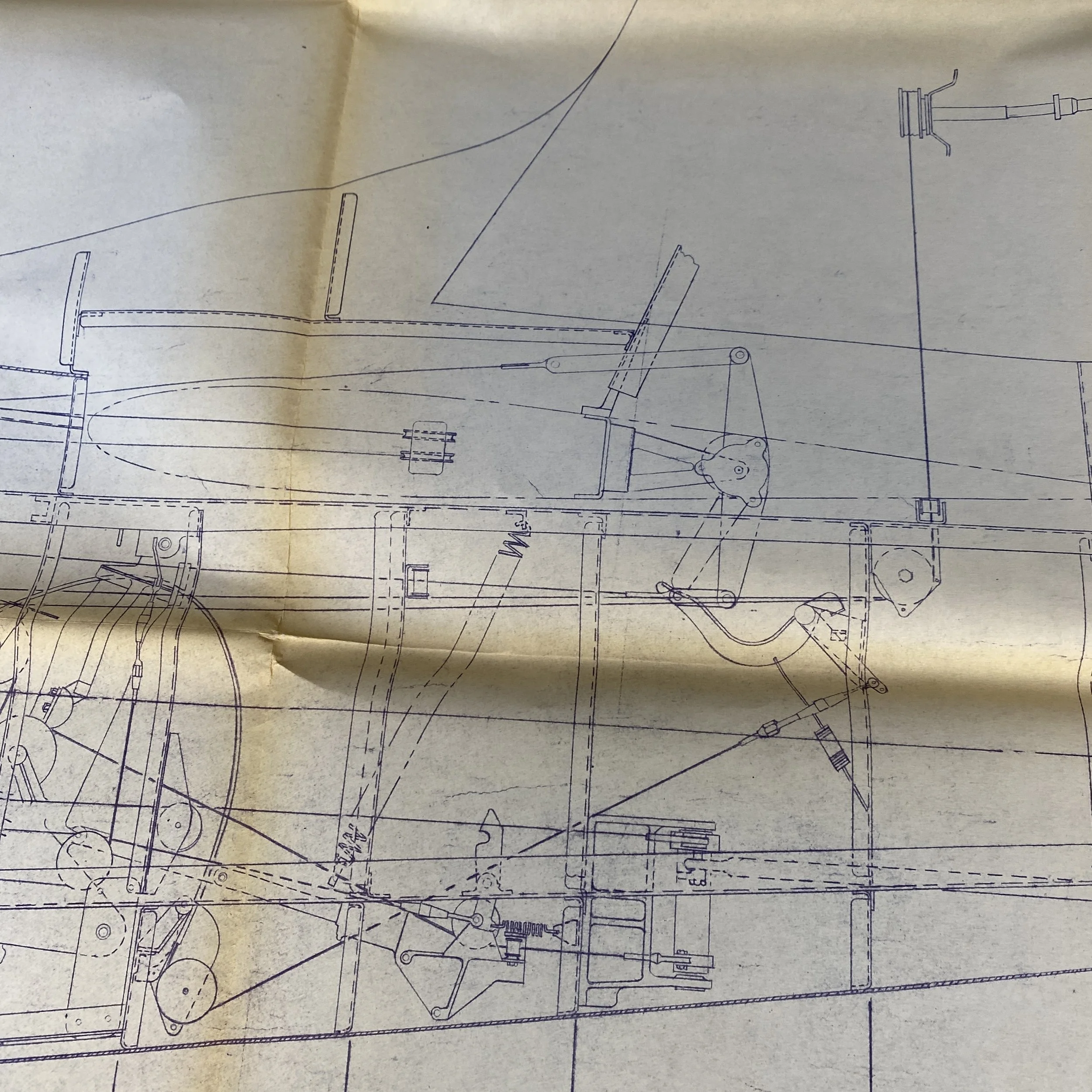
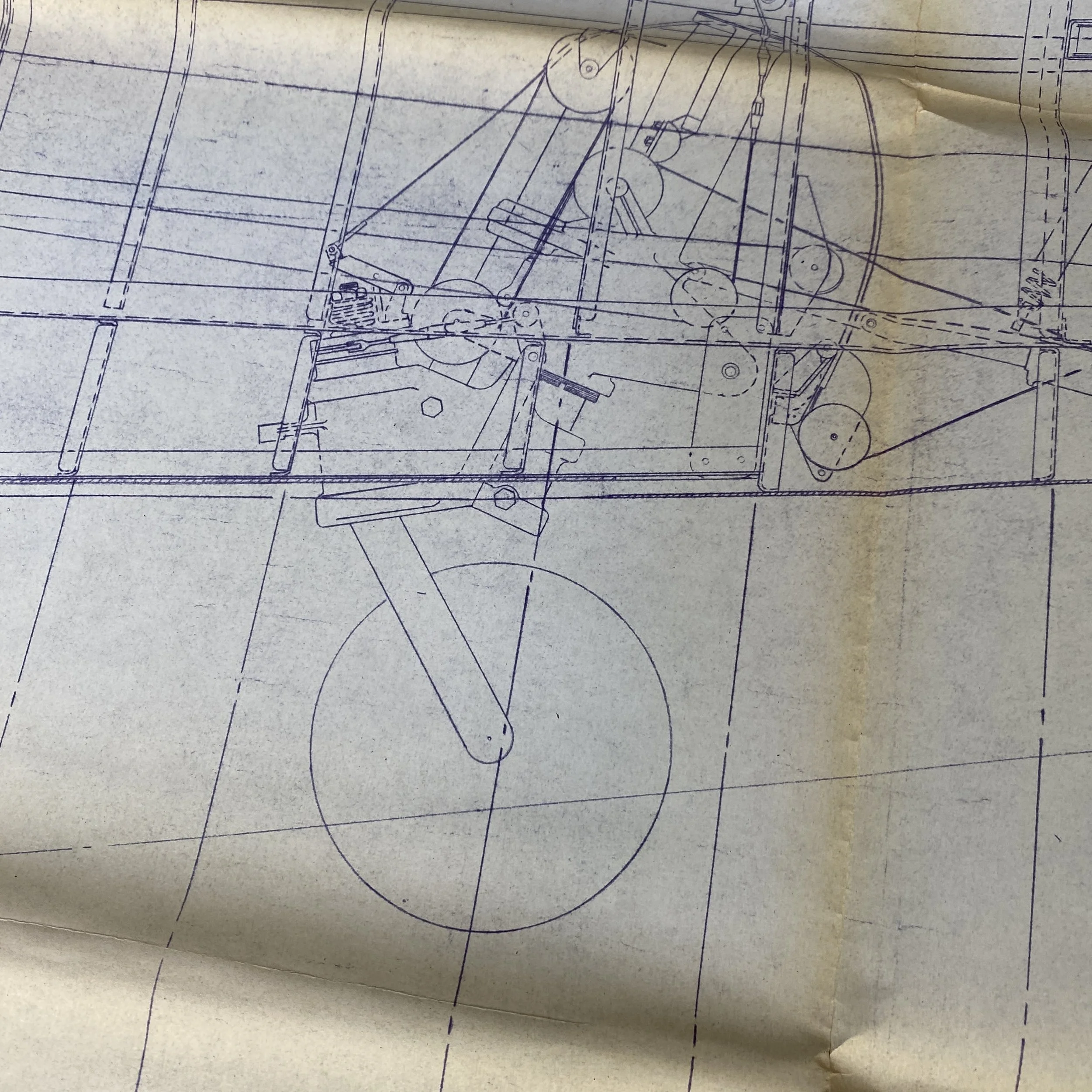



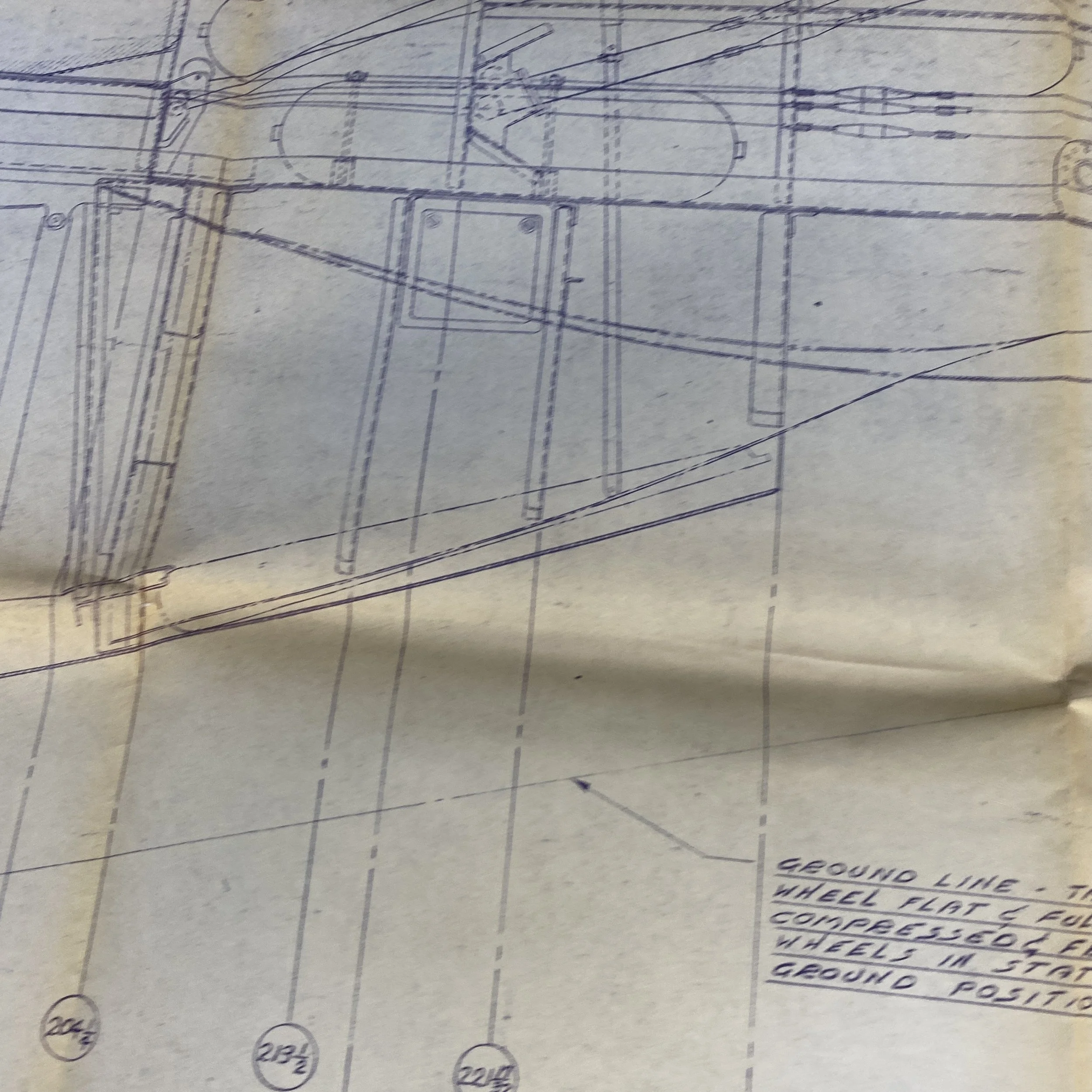

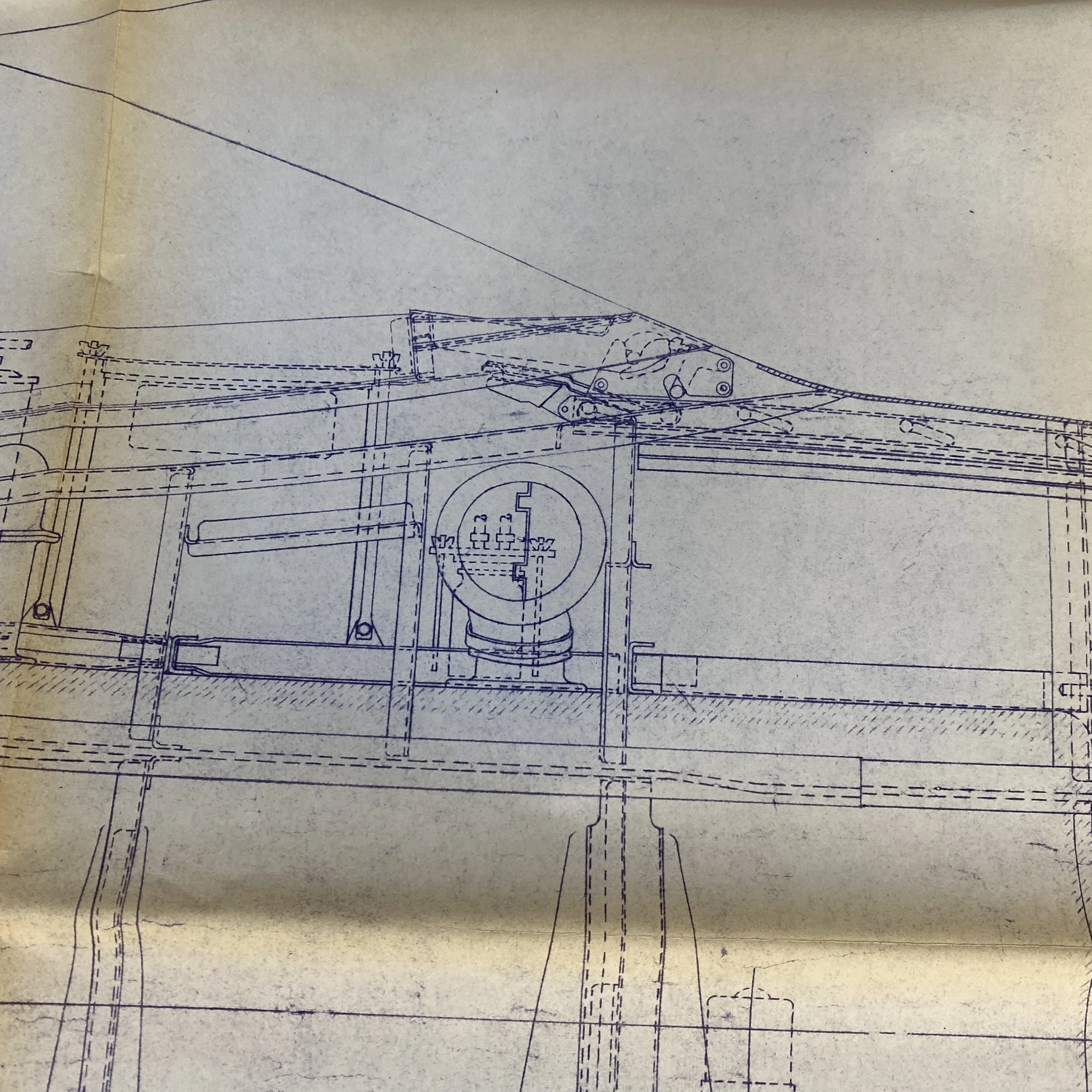












RARE 1944 Dated Original P‑51 Mustang Blueprint North American Aviation Inc.
EXCLUSIVE MUSEUM ARTIFACT.
This incredibly rare 1944 dated original WWII P-51 design blueprint of the infamous North American P‑51D Mustang comes directly from the North American Aviation Inc. in Inglewood California. North American Aviation designed and built the P-51 in an unbelievable 117 days. An exceptional long-range bomber escort and a fast and furious dogfighter, the P-51 qualified 281 allied pilots as Aces, second only to the Hellcat with 307 Aces. Most P-51s were manufactured in Inglewood, CA and tested over Mines Field, now LAX.
With a 1/4 scale and a drawing size of 34x132, this re-design blueprint marked the end of the late 1943, P-51Bs and P-51Cs which was supplemented by the more superior P-51Ds From mid-1944 they were most famously used by the USAAF's Eighth Air Force to escort bombers in raids over Germany, while the RAF's Second Tactical Air Force and the USAAF's Ninth Air Force used the Merlin-powered Mustangs as fighter-bombers, roles in which the Mustang helped ensure Allied air superiority in 1944. The P-51D was also used by Allied air forces in the North African, Mediterranean, Italian, and Pacific theaters. During World War II, Mustang pilots claimed to have destroyed 4,950 enemy aircraft.The P-51 was a relative latecomer to the Pacific Theater, due largely to the need for the aircraft in Europe, although the P-38's twin-engined design was considered a safety advantage for long, over-water flights. The first P-51s were deployed in the Far East later in 1944, operating in close-support and escort missions, as well as tactical photo-reconnaissance. As the war in Europe wound down, the P-51 became more common. With the capture of Iwo Jima, USAAF P-51 Mustang fighters of the VII Fighter Command were stationed on that island starting in March 1945, being initially tasked with escorting Boeing B-29 Superfortress missions against the Japanese homeland.
The Mustang was designed to use the Allison V-1710 engine, which had limited high-altitude performance in its earlier variants. The aircraft was first flown operationally by the RAF as a tactical-reconnaissance aircraft and fighter-bomber (Mustang Mk I). Replacing the Allison with a Rolls-Royce Merlin resulted in the P-51B/C (Mustang Mk III) model, and transformed the aircraft's performance at altitudes above 15,000 ft (4,600 m) (without sacrificing range), allowing it to compete with the Luftwaffe's fighters. The definitive version, the P-51D, was powered by the Packard V-1650-7, a license-built version of the two-speed, two-stage-supercharged Merlin 66, and was armed with six .50 caliber AN/M2 Browning MGs.
North American designed and built the P-51 in an unbelievable 117 days. An exceptional long range bomber escort and a fast and furious dog fighter, the P-51 qualified 281 allied pilots as Aces, second only to the Hellcat with 307 Aces. Most P-51s were manufactured in Inglewood, CA and tested over Mines Field, now LAX.
P-51D Introduction:
The P-51 Mustang was a solution to the need for an effective bomber escort. It used a common, reliable engine and had internal space for a larger-than-average fuel load. With external fuel tanks, it could accompany the bombers from England to Germany and back.
By the time the Pointblank offensive resumed in early 1944, matters had changed. Bomber escort defenses were initially layered, using the shorter-range P-38s and P-47s to escort the bombers during the initial stages of the raid before handing over to the P-51s when they were forced to turn for home. This provided continuous coverage during the raid. The Mustang was so clearly superior to earlier US designs that the 8th Air Force began to steadily switch its fighter groups to the Mustang, first swapping arriving P-47 groups to the 9th Air Force in exchange for those that were using P-51s, then gradually converting its Thunderbolt and Lightning groups. By the end of 1944, 14 of its 15 groups flew the Mustang.
The Luftwaffe's twin-engined Messerschmitt Bf 110 heavy fighters brought up to deal with the bombers proved to be easy prey for the Mustangs, and had to be quickly withdrawn from combat. The Focke-Wulf Fw 190A, already suffering from poor high-altitude performance, was outperformed by the Mustang at the B-17's altitude, and when laden with heavy bomber-hunting weapons as a replacement for the more vulnerable twin-engined Zerstörer heavy fighters, it suffered heavy losses. The Messerschmitt Bf 109 had comparable performance at high altitudes, but its lightweight airframe was even more greatly affected by increases in armament. The Mustang's much lighter armament, tuned for antifighter combat, allowed it to overcome these single-engined opponents.